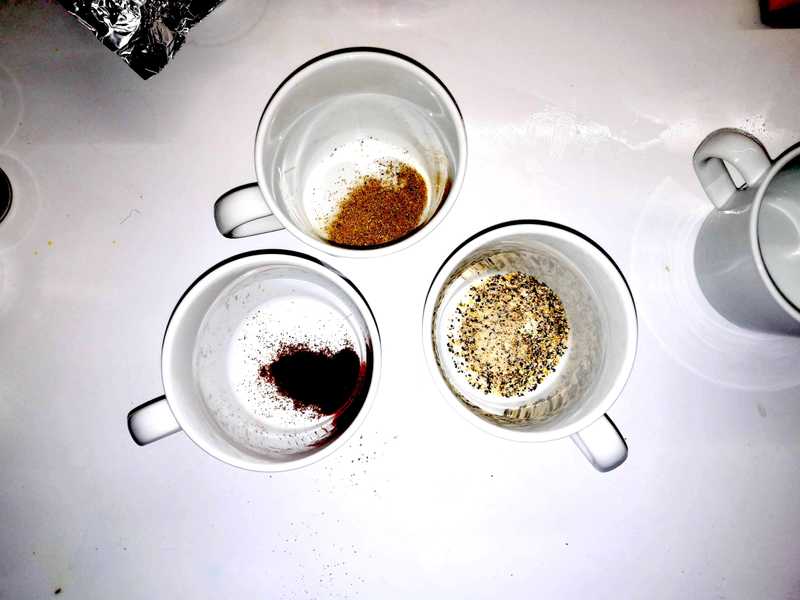Digital Twin
How to design for nostalgia? That's the exploratory question on which
I've worked for this project. Through an extensive user research
process, I tried to explore this emotion as a positive experience.
From interviews and design probes, I discovered how personal and deep
the feeling of nostalgia can be. I wanted to experiment with a lot of
freedom. The final result is a design fiction video where AI becomes
the nostalgic trigger through a phone call: creepy and funny.
Design Fiction
Experience Design
Design Probes
Interviews

The first interview produced some pretty interesting results. First,
we explored the participant’s definition of nostalgia— which senses
are involved, the feelings it generates, and how it differs from
memories. I tried to make the participant relive nostalgia during
the conversation, by triggering certain events or even scrolling
through Snapchat memories. The interview raised a bunch of new
questions about this emotion: To what extent is nostalgia related to
the real world? What causes this feeling? How can it be used as
therapy? Can we be nostalgic for situations we never experienced?
Design Probes
Design Probe #1: The Smelly Meditation

Exploring the consciousness of nostalgia, odors, and visuals. The
participant meditates for 10 minutes, then selects one of seven
scented samples and draws what she felt. The samples were made
from sponges infused with odors related to the participant’s life.
For example, soy sauce and garlic are key ingredients in adobo, a
dish she frequently ate in the Philippines, where she’s from. The
colors for drawing are limited to three distinctive and meaningful
ones: green, red, and yellow.
Design Probe #2: The Time Capsule

Exploring the notion of time, intended nostalgia, and the definition of nostalgia. The participant was tasked with capturing the present moment in a way that would evoke nostalgia in three years. A disposable camera was custom-made for her in her favorite noticeable color. A pocket was added on the back of the camera for her to write down things that couldn’t be captured by the camera.
Design Probe #3: The Black Pen

Exploring the idealization of a nostalgic moment. The participant goes through a series of pictures, each one evoking nostalgia, one by one. Then, using a black pen, she writes down what was wrong or imperfect about each moment. The pictures were selected by the participant herself prior to the experiment.
Design Probe #4: The Nostalgia Machine

Exploring the motivation and effect of nostalgia.When she feels the urge to open it, the participant opens an envelope containing a supposedly nostalgic picture. She is then guided through five layers of envelopes. At each step, the participant is questioned about her mood before seeing the picture, her true motivation, and the effect of experiencing nostalgia. The pictures were provided by a close friend of the participant.
Outcome

Nostalgia requires a part of a surprise to be authentic, triggered by an external source

Nostalgia is something that can only be build out of personal experience

Nostalgia is about emotional moments, not necessary positive

Nostalgia brings nostalgia, a bit like sugar does
Result & design choices
Design Fiction video about an AI-self that calls you randonly. Watch it on YouTube.
Why Nostalgia as Therapy
- Nostalgia counteracts loneliness, anxiety, and boredom.
- It brings optimism and inspires thoughts about the future.
- It makes life more meaningful and death less frightening.
Why Through the Phone
- It’s always in your pocket, allowing for unexpected moments.
- There’s already an intimate relationship with it.
Why the Format of a Conversation
- It creates ephemeral moments, making each interaction unique.
- The interaction feels more human.
- Audio-only communication stimulates the imagination.
Why a Call
- It allows for an intimate, one-on-one discussion.
- It helps focus on the activity at hand.
- It’s a familiar and natural experience.
Why a Talk with Yourself
- It serves as a living diary.
- It allows you to truly empathize with the interlocutor.
- It may seem awkward, but it feels closer than an anonymous voice.
- It can evoke some of the most intense moments.